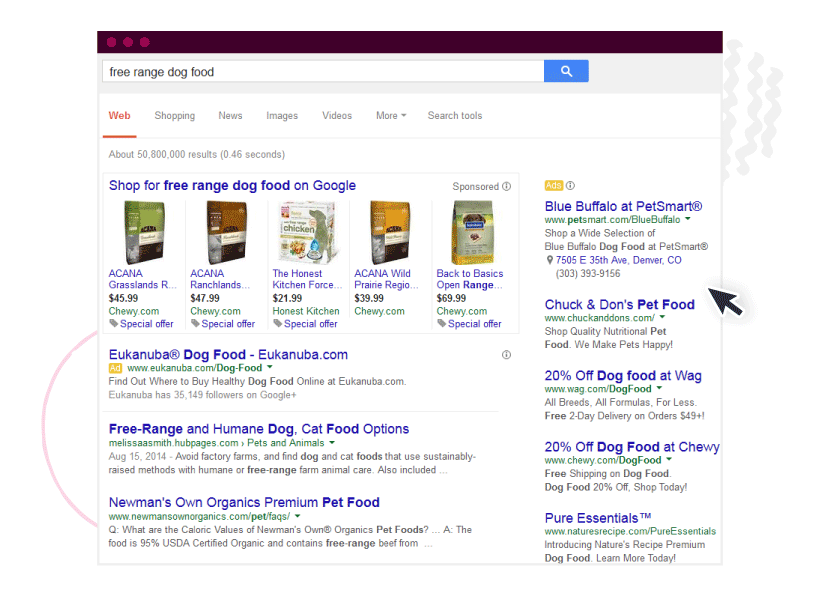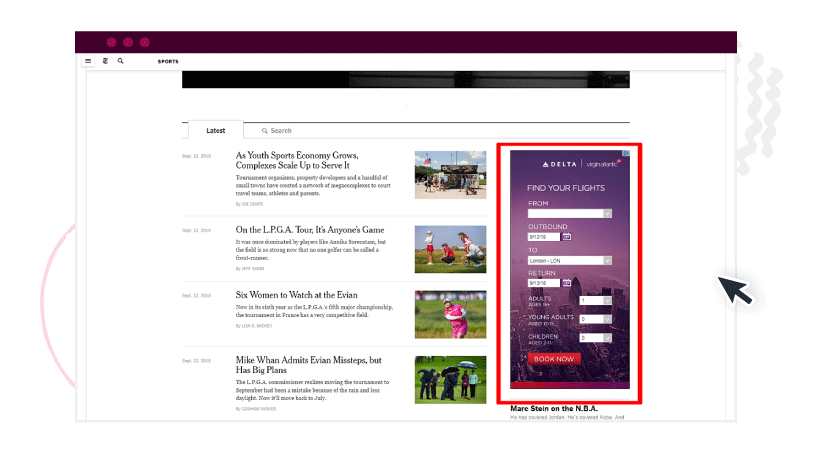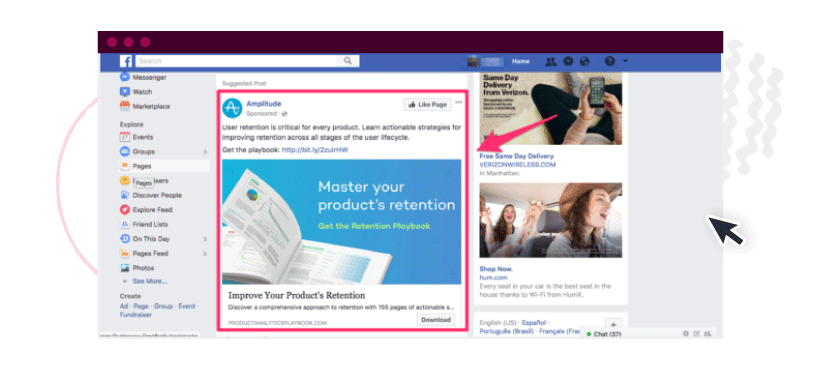What is pay-per-click (PPC) advertising? Pay per click is mixing advertising with digital marketing. It involves placing an ad on a search engine or social media site and only paying a fee when the ad is clicked. Essentially, you’re buying visits to your website instead of organically receiving them.
If you’ve ever used Google, you’ve seen PPC. The ads that show up right at the top of the results page? That’s it. You may have also noticed PPC ads on social media platforms like Facebook and LinkedIn. In other words, they’re everywhere.
Although there is often a divide between the content marketing and advertising worlds, PPC is there to bridge that gap. When done right, content marketing can strengthen your brand and boost your search engine ranking. But this organic SEO strategy does take time to deliver.
PPC, on the other hand, can produce truly impressive results in a short period. Not only does it make your site visible to a much bigger audience, but it can also drive traffic to a particular page and encourage newsletter sign-ups, content downloads, and overall sales.
The key is to use PPC in conjunction with a smart content marketing strategy.
How to start a pay-per-click (PPC) campaign
To set up a PPC campaign, you’ll first have to identify keywords that relate to your business — just like you would for your regular content. The idea is that when your keyword is searched, an ad will prominently appear on the results page.
You don’t have to pay anything until a user clicks on the ad.
Even then, the fee is usually minimal compared to the potential returns. But those returns will only be noticeable if you have the content to back the ad up. Without that, users are likely to leave your site pretty quickly.
A combo approach is, therefore, vital. Use the PPC to get the site visitors you need and the content marketing to keep those visitors right where you want them.
The many uses of pay-per-click advertising:
- To increase your search engine visibility as much as possible
- To get more eyes on your website and specific content types, such as gated or seasonal pieces
- To optimize your keyword strategy — particularly if you’re facing a lot of competition as a new brand
- To boost and track conversions across your business
- To further promote content that you know is performing well
- To help you think up more effective headlines
A few PPC examples
1. Search adverts
Search adverts appear at the top or side of search engine results pages.

2. Display ads
Display ads appear on an individual website — either at the top or side or in the middle of the page.

3. Social adverts
Social adverts are used on social media platforms and target specific user demographics or certain topics.

Not getting the results you want out of your PPC ad campaigns? Talk to a content specialist at ClearVoice to get PPC ads written by experts today.



